Basketball is, undoubtedly, the preferred flavor in Ann Arbor right now. The 24-3 Michigan Wolverines, with John Beilein up to his usual tricks, are a Top 10 team in the country, with a real opportunity to hang at least a regular season conference banner, with a fairly decent shot at something greater. Yes, with Michigan Football ignominiously crashing out of their season, Michigan Hockey struggling to keep up, and even Michigan Softball having problems, Jordan Poole and company are undoubtedly the big men on campus at this moment.
And yet, basketball fans in Ann Arbor have another, less heralded, reason to be excited. While John Beilein’s men are running roughshod over much of the Big Ten, Michigan’s Women’s Basketball team has quietly rattled off seven wins in a row. The Wolverines currently stand at 19-9, with a 10-6 conference record, good for fourth in the Big Ten standings and well-positioned to scratch out an NCAA Tournament bid. With two games left in the regular season, Kim Barnes Arico’s squad is in about as good a position as they could be, especially considering how improbable this seemed a month ago.
With about 50 seconds remaining in the third quarter on a cold Sunday in January, Michigan had just completely melted down in the third quarter. It was a home game against Ohio State, the day before Martin Luther King Jr. Day, and a critical battle for positioning in the Big Ten standings. After coming out of halftime with the score even at 28, Ohio State jumped on a sleepwalking Michigan team and stormed out to a 46-34 lead after a triple by the Buckeyes’ Hungarian freshman, Dorka Juhasz (+1 to Daniel Thompson of WCBN Sports for helping the broadcasting crew out with pronouncing her hometown of Pécs). The Wolverines looked completely lost, and were staring down the barrel of a third straight loss.
Until they weren’t…
Michigan Captain Nicole Munger capped an otherwise dismal third quarter with a corner three that cut the deficit to single digits going into the fourth quarter. From there, the Wolverines floored the gas. Kim Barnes Arico did something that is rarely done in basketball anymore; she played 3 true forwards. An overloaded frontcourt of Hailey Brown, Naz Hillmon and Hallie Thome, along with a backcourt of Amy Dilk and Nicole Munger, played essentially the entire fourth quarter, and the Buckeyes had no answer. Michigan stormed the paint again and again, before Hallie Thome finally drew the score at 55 with 1:55 left in the game. Ohio State, however, still had one trick up their sleeve. Carly Santoro buried a three with 96 seconds left, putting the visitors back on top, 58-55. Munger answered with a triple of her own from the top of the arc 30 seconds later. Senior Hallie Thome, who had grabbed her 800th career rebound earlier in the game, then stepped up with a block on the other end, before missing the go-ahead layup with 10 seconds left. But crowding the paint payed off big yet again, as Naz Hillmon grabbed the offensive board, plowed through the restricted area, and put it in off the backboard, 60-58. In the ensuing delirium, OSU threw up a long, contested three that bounced harmlessly of the right side of the backboard. The ball then fell to Nicole Munger, who collapsed over the ball with 2 seconds left and was fouled by Janai Crooms. The Doylestown, Pennsylvania native hit two free throws to close out the game, 62-58.
This would prove to be a false dawn, as Michigan followed up the comeback win by losing 60-70 on the road to Indiana, before an ill-fated date at Crisler against Michigan State. Michigan set the pace early on, but the body blow of the season came in the second quarter. Nicole Munger came up with a steal and had a step on everybody save one Spartan going the other way. The captain drove hard to the basket, but couldn’t get all the way up against a bigger defender. Munger fell back to earth, landed awkwardly on her left ankle, and crumpled to the floor. The arena fell deathly silent, as the medical staff rushed out onto the floor. Three minutes later, Munger was carried to the locker room. The injury clearly registered, physically and emotionally, as Michigan played the next two quarters as if they had had the wind knocked out of them. They rallied again in the fourth quarter, but ultimately fell short, 73-77, and dropped to 12-9 on the season, losers of four of the previous five, with an impending home game against #13 Iowa.
From there, the Wolverines hit the ignition. In a game that was delayed by 16 hours due to apocalyptic weather conditions in Ann Arbor, the Wolverines upset the Hawkeyes in a track meet, 90-81. Junior Akienreh Johnson and Sophomore Deja Church each exploded for 19 points apiece, while Nicole Munger, with injury speculation ranging from a mild sprain to a dislocated ankle, gutted out 35 minutes. From there, it was a road victory against Wisconsin, 76-70. Disaster struck again against Nebraska in Ann Arbor, when in a situation eerily similar to Munger’s injury against Michigan State, freshman Point Guard Amy Dilk took a hard foul driving for a layup and landed directly on her right knee. The arena fell silent once again, as Dilk was also carried off after an extended amount of time on the floor. However, Michigan refused to die this time, as they proceeded to grind out a 67-61 victory, with Naz Hillmon and Akienreh Johnson combining for 32 points off the bench. A trip to Penn State followed, and it was Hailey Brown’s turn to go off. The sophomore from Hamilton, Ontario hung 20 points on the Nittany Lions in a 66-62 victory. Indiana was next on the chopping block, as Michigan exacted revenge on the Hoosiers to the tune of a double-double from Hallie Thome and 16 points from Akienreh Johnson en route to a 67-58 victory. A road trip to Illinois followed, and the Wolverines dominated from start to finish, in a 70-56 performance which saw Hallie Thome hit 2000 career points. Michigan returned home in the week, kneecapping Rutgers 86-76 in a game which saw Naz Hillmon score 21 points, Munger and Thome combined for another 33, and Amy Dilk make her return to the court.
And now here we stand. Michigan is 19-9 and have not lost in nearly a month. The persistent problems with turnovers, as well as the lack of reliable shooting, are still there, but this team has learned how to win even when they don’t play all that well. They’re starting to get healthier, as Munger was visibly hobbled on the court for a few games following her injury against Michigan State, but now looks to be back at full health. Amy Dilk, after missing two weeks with the aforementioned knee injury, is back on the court, although she is clearly still not quite at 100%.
The bench, which has been Naz Hillmon, who, it bears reminding, leads the team in scoring despite the fact that SHE DOESN’T START, and literally nobody else for much of the season, has gotten deeper, with Akienreh Johnson riding a hot streak through this seven-game run (she scored 3.7 points/game, on average, up to the loss to Michigan State, she has averaged 10.1 points/game since), and junior Kayla Robbins also chipping in a fair bit.
If this team has a silent contributor, Hailey Brown is it. The Canadian sophomore, save the aforementioned 20 point outburst against Penn State, rarely jumps off the score sheet, but has been impressively consistent in conference play, and she has emerged as a secondary three point threat, a boon for a team that can’t really shoot all that well from deep.
Eyebrows were justifiably cocked when questions were raised concerning the viability of this team following the graduation of Katelynn Flaherty; after all, one does not simply replace the best player in program history. While Flaherty’s absurd individual productivity is not being replaced, the Wolverines are still getting good performances from their ball handlers. Deja Church, while still struggling with inconsistency and a propensity to pick up a lot of fouls, has proven to be a passable ball handler, as well a decent, if inconsistent, volume scorer.
Coach Kim Barnes Arico took a risk when she gave the keys of the offense, which had been helmed by Flaherty for the previous three seasons, to a freshman with no experience who has never been the volume scorer Flaherty was, and now it looks like it’s paying off. Amy Dilk’s numbers don’t jump off the box scores, but it remains that without the former Top 40 recruit, Michigan’s offense cannot run the way it wants to. In a conference where most teams are coming out with Point Guards standing at 5’7” or 5’8”, the 6’0” Amy Dilk is a handful. Dilk’s court vision and ball handling has allowed the offense to open every bit as much, if not more, than they ever could last season, and Dilk’s length makes Michigan’s most effective play, a pass over the heads of two defenders to Hillmon/Thome in the post, borderline unstoppable. The vulnerabilities are still there: Dilk’s less-than-optimal shooting numbers render her over-reliant on attacking the rim which, while she is still quite good at it, being a 6 foot tall Point Guard and all, opens her up to more injuries like the one she suffered against Nebraska, and her size does impair her against smaller guards on the defensive end. But this offense is quite good in the post-Flaherty era thus far, and if Amy Dilk ever develops a consistent jump shot at the college level, it could be downright lethal in the coming years.
This team markets itself as “The Hardest Working Team in America”, and while declaring it for themselves might be a bit devoid of shame, there is no doubt that Nicole Munger has earned the right to declare it. No other player has imprinted their personal identity on the team the way Michigan’s captain has. The senior doesn’t get anywhere near the credit she deserves on offense, posting a double digit scoring average on the season, as well as leading the team in three point shooting (.349), as well as free throw shooting (.927), and she rarely turns the ball over. But the offense is not her calling card; rather, Nicole Munger is defined by being one of the best and most tenacious defenders in the conference, being second on the team in steals, as well as first by a mile in charges taken. Munger also goes to ground more than any other player on the team, also by a wide margin. Nicole Munger’s impact has also extended beyond the court, without doubt the emotional leader of this team, and this team has rallied around, and adopted, to a certain degree, their captain’s fiery character. If there was ever a person from Southeast Pennsylvania who encapsulated the phrase “Midwestern Values”, it’s Nicole Munger.
Hallie Thome’s place in the history books is already secure as one of the best female basketball players to ever come through Ann Arbor. The senior from Chagrin Falls, Ohio currently stands with 2029 career points (3rd all time, a mere 47 off 2nd), and 855 career rebounds (2nd all time, 72 off the top spot). While statistically, she has taken a step back in her final season, she is still about as effective a post threat as can be, despite not even being the best post player on her own team anymore (Naz Hillmon is better by every measure), and her block numbers are still quite good. Thome fought through injuries for much of the non conference season, but she’s been healthy for two months now, and despite some dreadful luck on the rim this season, she is still about as reliable as it gets.
Now here we stand. The Wolverines, winners of seven in a row, have the opportunity to exact revenge on Michigan State on Sunday in East Lansing, which would be their eighth consecutive win, as well as one hell of an exclamation on a potentially compelling tournament resume. From there, they close the regular season against Wisconsin, then March hits. Michigan, long considered fringe/first four out tournament team, has the opportunity to stamp their ticket to the big dance in these next two weeks. While we will learn a lot about Kim Barnes Arico (now the first Michigan Women’s basketball coach to win 150 games), it is apparent that wherever they end up, be it the NCAA Tournament or the WNIT, Michigan’s post-Katelynn Flaherty future looks like it’s going to be fun.


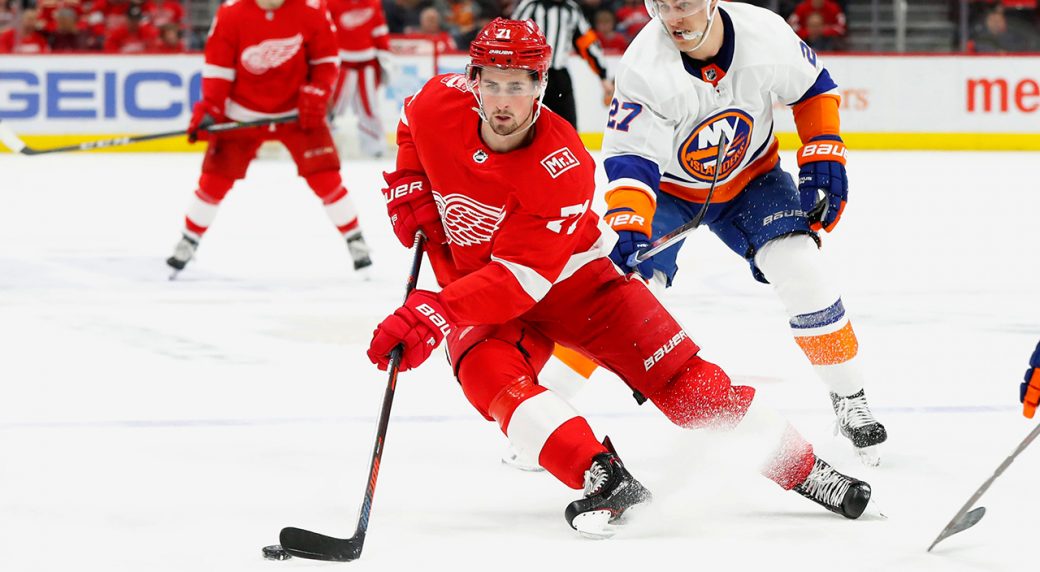
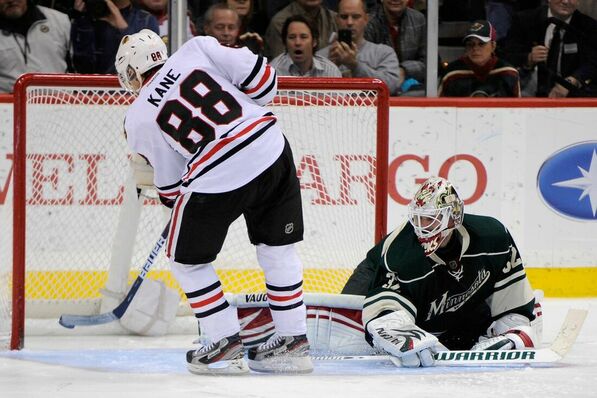
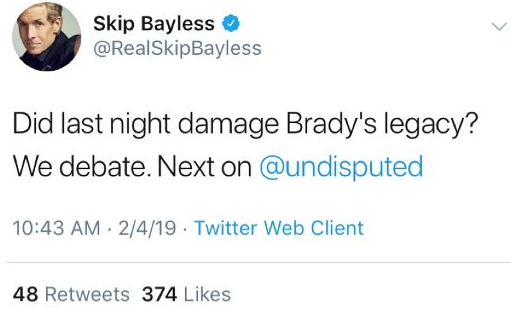

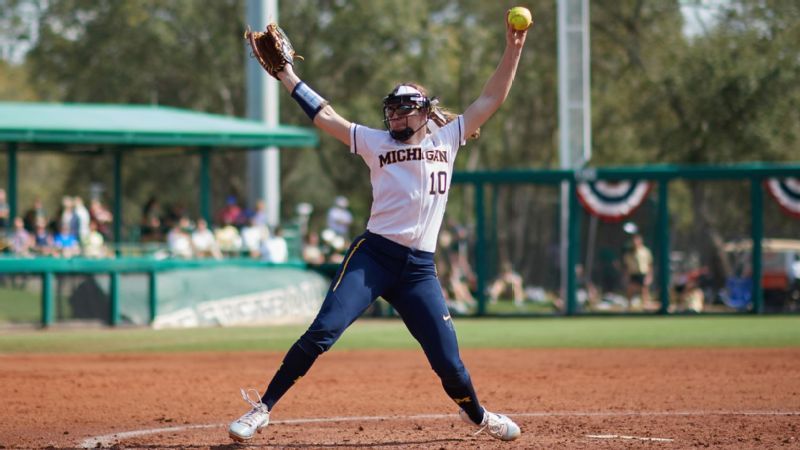
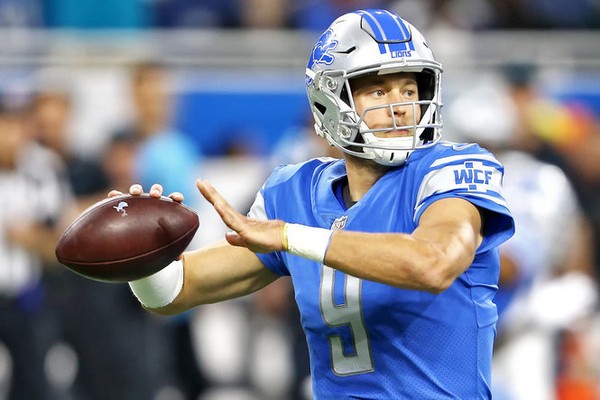
 RSS Feed
RSS Feed
